|

On eBay Now...
Vintage 1939 General MOSES CLEVELAND Statue Ohio Photograph Revolutionary War For Sale
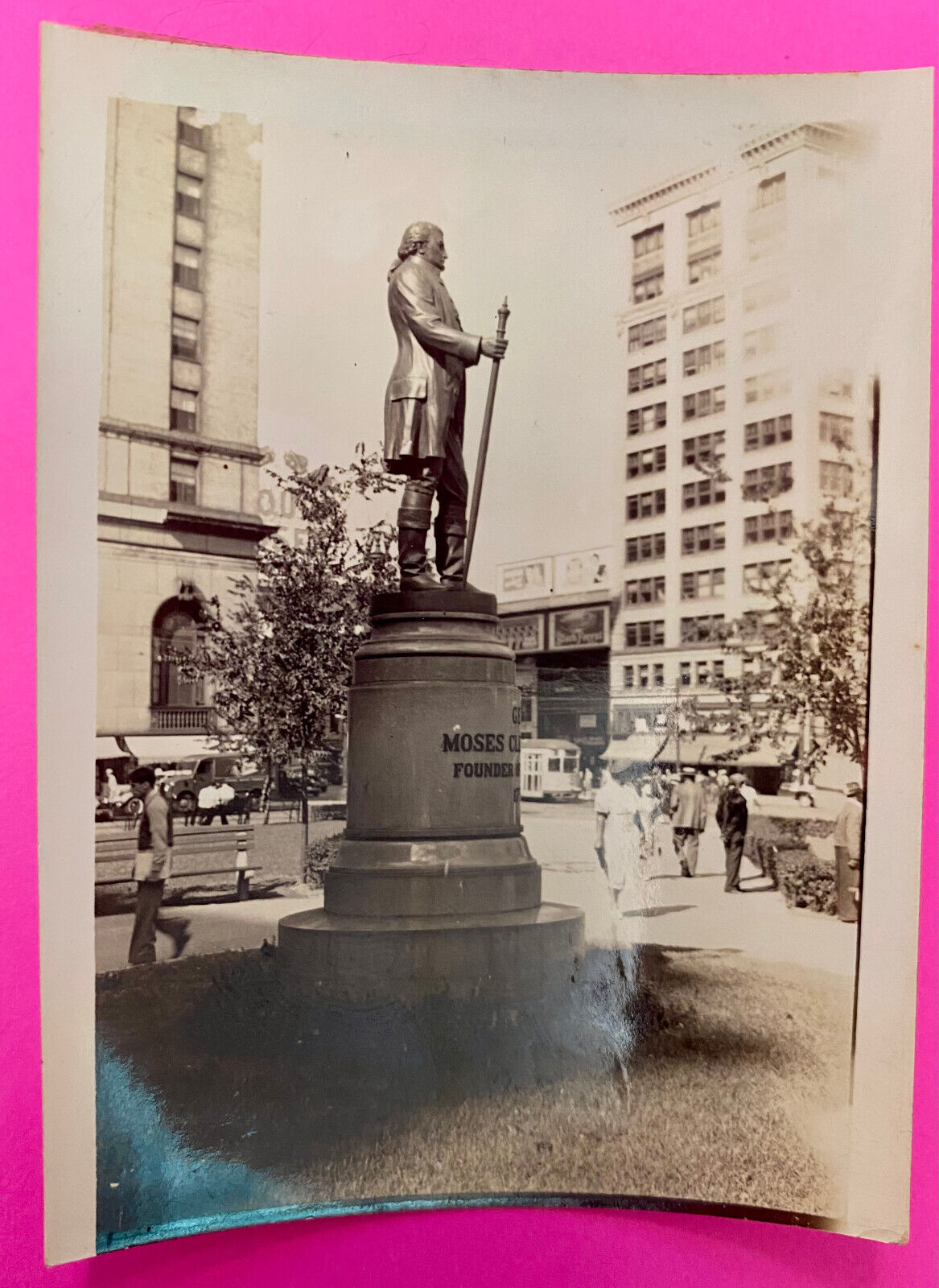
When you click on links to various merchants on this site and make a purchase, this can result in this site earning a commission. Affiliate programs and affiliations include, but are not limited to, the eBay Partner Network.

Vintage 1939 General MOSES CLEVELAND Statue Ohio Photograph Revolutionary War:
$18.99
Moses CleavelandStatue in the Square,Labor Day1939Cleveland, Ohio
Original OOAK Snapshot Image
The MOSES CLEAVELAND STATUE, erected in 1888 in honor of the 92nd birthday of the city\'s founding, dominates the southwest quadrant of PUBLIC SQUARE. Erected at a cost of $4,378 by the EARLY SETTLERS ASSN. OF THE WESTERN RESERVE, whose members trace their heritage to pioneers of Cleveland, the statue was sculpted by James C. Hamilton. The Moses Cleaveland Statue It shows Gen. Cleaveland dressed as a surveyor, with Jacob\'s staff in his right hand and a compass in his left. The monument is 7\'10\" high and rests on a circular pedestal 7\' high. Before casting the statue in bronze, the artist presented a plaster representation to the CLEVELAND CITY COUNCIL that was rejected because it was too tall. After a section was removed from Cleaveland\'s midriff and the halves were rejoined, Hamilton\'s work was accepted and cast in one piece, weighing 1,450 lbs. The statue was installed in the Square in a gala ceremony on 22 July 1888. The Early Settlers Assn., accompanied by the CLEVELAND GRAYS, the Guard of Honor, marched from the Music Hall to Public Square for the unveiling. A program followed in the Music Hall, featuring an address by Samuel E. Adams. The statue has withstood Public Square renovations, attempts to move it to UNIV. CIRCLE, and even rats in the base, remaining a proud symbol of Cleveland throughout its history.
As you approach the southern side of Public Square you will see a bronze statue of a man. This famous figure stands frozen in time, keeping watch over the very town that bears his name.
Moses Cleaveland (1754-1806) was born and raised in Connecticut. After studying law at Yale College, he served as a General in the Continental Army during the Revolutionary War. Moses was a shareholder in the Connecticut Land Company which purchased land in the Western Reserve, or New Connecticut. This involvement led Moses Cleaveland on an expedition into the Ohio wilderness. He was responsible for surveying the land as well as negotiating land rights with the Native Americans living there, who initially challenged the surveying party\'s right to be on the land but ultimately accepted livestock, whiskey, and various trinkets from Cleaveland in exchange for an assurance of safety.
On July 22, 1796, Moses Cleaveland arrived at the mouth of the Cuyahoga River and decided that the land just to the east of it would be the capital of the new territory. His surveyors laid out a town, including a 9-1/2-acre Public Square, on the high bluffs overlooking Lake Erie and the winding Cuyahoga. Cleaveland and most of his men returned to Connecticut in October, having laid out towns and plots all across the territory east of the Cuyahoga River.
Ninety-two years later, in 1888, the Early Settlers Association of the Western Reserve erected a statue of Cleaveland on the very Public Square that his men had once plotted. Cast in bronze and standing just under eight feet tall, the statue, which cost over $4,000 to build, shows Cleaveland as a surveyor, holding a staff and compass. Despite the honored position that Cleaveland holds in the city\'s history, however, it is spelled Cleveland – without the extra \"a.\" One legend has it that in 1830 the city\'s newspaper could not fit the \"a\" in its headline, so the city became Cleveland.
Cleveland further paid homage to its founder not only through the city’s name and bronze monument but through living monuments scattered throughout Greater Cleveland. In 1946, as part of the 150-year anniversary of Moses Cleaveland’s party arriving at the Cuyahoga River’s mouth, it was proposed that Arthur B. Williams and the Cleveland Museum of Natural History should locate and label trees that were alive in Cleveland when Moses Cleaveland first came to the city. There were 242 trees nominated from 23 different tree species. Each tree was checked to verify its age. The final list of official Moses Cleaveland Trees included 150 trees that the public could easily access. Each of the official Moses Cleaveland Trees was outfitted with commemorative metal plaques so that the public could easily identify the trees. Since 1946, more trees have been added to the official list of Moses Cleaveland Trees, while some of the first designated trees have died out. As of 2021, there are 273 Moses Cleaveland Trees, which stand as living history that connects present-day Cleveland to its founding.
Despite Moses Cleaveland’s vast impact on Cleveland, he never returned to the city that bears his name (minus an \"a,\" anyway) after his surveying job was completed. On his return to New England he wrote:
\"While I was in New Connecticut I laid out a town on the bank of Lake Erie, which was called by my name, and I believe the child is now born that may live to see that place as large as Old Windham.\"
Although it took time for Cleveland to grow and develop into a viable city after his departure in 1796, Cleaveland\'s prophecy proved quite an understatement.
Moses Cleaveland (January 29, 1754 – November 16, 1806) was an American lawyer, politician, soldier, and surveyor from Connecticut who founded the city of Cleveland, Ohio, while surveying the Connecticut Western Reserve in 1796. During the American Revolution, Cleaveland was the brigadier general of the Connecticut militia.Early life
Cleaveland was born in Canterbury, Connecticut Colony, to Colonel Aaron Cleaveland (1725–1785) and Thankful Cleaveland (1733–1822). He studied law at Yale College, where he was a member of Brothers in Unity, graduating in 1777. He was commissioned as an ensign in the 2nd Connecticut Regiment of the Continental Army in 1777 during the American Revolution. In 1779, he was promoted to captain of a company of \"sappers and miners\" (combat engineers) in the newly formed Corps of Engineers. He resigned from the army on June 7, 1781, and started a legal practice in Canterbury.
Militia career
Cleaveland was a member of the Connecticut convention that ratified the United States Constitution. He was elected to the Connecticut General Assembly several times and was commissioned brigadier general of militia in 1796. He was a shareholder in the Connecticut Land Company which had purchased land from Connecticut located in northeastern Ohio for $1,200,000. The land was reserved to Connecticut by Congress and was initially known as New Connecticut, but it came to be known as the Western Reserve.
Cleaveland was approached by the directors of the company in May 1796 and asked to lead the survey of the tract and the location of purchases. He was also responsible for the negotiations with the Native Americans living on the land. In June 1796, he set out from Schenectady, New York. His party was composed of 50 people, including six surveyors, a physician, a chaplain, a boatman, 37 employees, a few emigrants, and two women who accompanied their husbands. Some journeyed by land with the horses and cattle, while the main body went in boats up the Mohawk River, down the Oswego River, along the shore of Lake Ontario, and up the Niagara River, carrying their boats over the seven-mile portage at Niagara Falls.
Personal life
Cleaveland married Esther Champion on March 2, 1797, with whom he had four children.Founding of Cleveland
At Buffalo, a delegation from the nearby Mohawk and Seneca tribes opposed the party\'s entrance into the Western Reserve, claiming it as their territory, but they waived their rights on the receipt of goods valued at $1,200. The expedition then coasted along the shore of Lake Erie and landed at the mouth of Conneaut Creek on July 4, 1796, which they named Port Independence. Nearby Native Americans were upset at the encroachment on their land, but they were appeased with gifts of beads and whiskey and allowed the surveys to proceed.General Cleaveland coasted along the shore with a surveying party and landed at the mouth of the Cuyahoga River on July 22, 1796. He ascended the bank and determined that the spot was a favorable site for a city, with the river on the west and Lake Erie on the north. ]He had it surveyed into town lots, and the employees named the place Cleaveland in his honor. There were four settlers the first year, and growth was slow initially, reaching only 150 inhabitants in 1820.[1]: 12 Cleaveland went home to Connecticut after the 1796 expedition and never returned to Ohio or the city that bears his name.[citation needed] He died in Canterbury, Connecticut, where he is also buried, but a statue of him stands in the Cleveland Public Square.
The settlement of \"Cleaveland\" eventually became known as \"Cleveland\". One theory is that Cleaveland\'s surveying party misspelled the name on their original map. More than likely though, the story goes back to the Cleveland Advertiser, a local paper in the early 1800s. hey could not fit the words “Cleaveland Advertiser” on their masthead, so they dropped the extra “a” to make room and the name stuck.

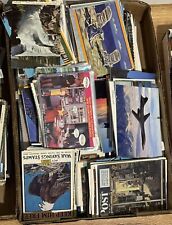
Lot Of 1000 VTG Continental Postcards Multiple Themes Cities States ETC B $149.99

Lot Of 1000 VTG Continental Postcards Multiple Themes Cities States ETC C $149.99
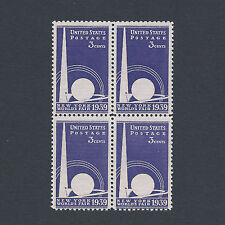
1939 New York Worlds Fair - Vintage Mint Set of 4 Stamps 84 Years Old L@@K $4.99
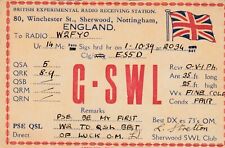
Vintage QSL Radio Postcard GSWL NOTTINGHAM, ENGLAND Jan 10 1939 UNPOSTED $3.00
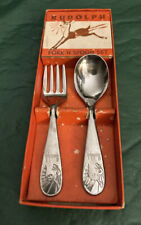
RLM 1939 VINTAGE RUDOLPH REINDEER KIDDIE Baby Toddler FORK ‘N SPOON SET Hamono $375.00
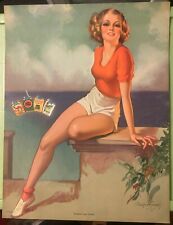
Vintage 1939 Pinup Girl Camel, Lucky Strike, Chesterfield, Old Gold Cigarette Ad $16.99
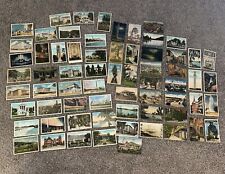
Vintage Postcards Chrome Linen Hand Color Roadside Scenic Building Lot $134.33
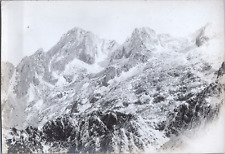
Italy, Mont Argentera, Vintage Print, ca.1900 Vintage Print Ep Print $96.23
|